Matthijs van de Laar had an idea. He wanted to take the “simplicity and mystery” of a Zelda game but set it in a systems-driven open world. Van de Laar and his studio Twirlbound set to work and launched a Kickstarter campaign for Pine in March 2017 — six days after The Legend of Zelda: Breath of the Wild came out.
“We get a lot of, ‘Oh, look at these people riding Breath of the Wild‘s success,'” said van de Laar. “That would be pretty impressive, if we made all of this in a week.”
In Pine, players take on the role of Hue, a young human living in a world where humanity never made it to the top of the food chain. On the island of Albamare, foxes, moose, crocodiles, and other animals have developed language and tools, and they’ve forced humanity to the margins of civilization. In this world humans have historically kept to themselves, but now the last human tribe is facing extinction. It’s up to Hue to traverse Albamare, reckon with its powerful inhabitants, and find a new home for his species.
Despite the mechanical and superficial similarities, the biggest inspiration for Pine wasn’t the concurrently developed Breath of the Wild. In fact, it wasn’t a game at all. Pine began with Charles Darwin’s 1859 evolutionary biology treatise, On the Origin of Species. Van de Laar said that the ecological behavior described in the book sounded to him almost like rules for a game system. That got him and the rest of the Twirlbound team thinking about how to translate evolution into a mechanic.
“Marc [Peyre], my co-founder, and I were talking about how in a lot of games you walk up to ten goblins or whatever, slash down nine of them, and then the tenth will do the exact same thing [the other nine did],” said van de Laar. “So what would happen if the tenth would actually observe that, think about it, and do something different? What if these species evolved or changed according to what you were doing?”
The proposed systems started out humble. In early builds of Pine, enemies would adapt to the player’s combat style, guarding more frequently if players were overly reliant on frontal attacks, or fighting more aggressively if players dodged a lot. But even at this early stage, van de Laar and his team were thinking bigger.
“It’s not interesting to have individual fights change; it’s actually more interesting to have whole villages and the world structure change based on the needs of these species.”
What started as a combat system with tricky enemy AI eventually ballooned into a full simulation-driven open world. Individual enemies evolved into roaming bands of intelligent animals constantly competing for resources, their prospects as a species rising and falling with their successes and failures.
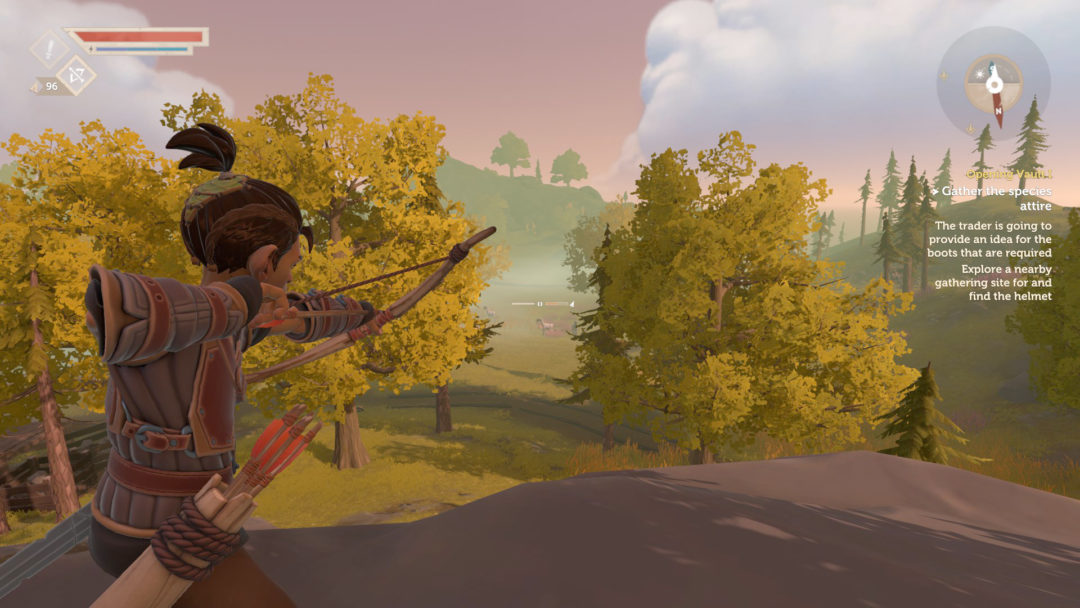
Systems dictate almost everything in Pine. The world has been designed by hand, and there are a small number of characters crucial to the main quest who will always appear, but the details will be different for every player. There are no set villages in the game. There are certain locations on Albamare where villages can appear, and the local factions will fight for control of those locations. But whether civilization takes hold or not, and whose civilization it will be, depends on numerous semi-randomized factors, as well as the intervention or non-intervention of the player.
“We set up the board with a dice roll, and from that moment we let the systems play out,” van de Laar explained. “Everyone wants food, everyone wants materials, everyone wants territory. So when you’re walking around, you might see three tribes fighting in the distance over a piece of wood, because they all want that wood. And they all have systemic reactions as well, so if you pick something right in front of their noses they’ll be angry.”
This systems-driven approach to storytelling has required a lot of custom tech to get working. Designing quests for a world that is constantly and unpredictably changing was a challenge that took over a year to solve.
“If a quest says, ‘Go talk to that guy,’ well, what if that guy doesn’t exist? Those are the questions we had to deal with.”
Twirlbound’s solution was to develop a completely bespoke quest editor, one that could read the current simulation and spit out flexible goals based on individual world states.
“A quest might say, ‘Find the main chief of the Gobbledews,’ which is the turkey folk. We don’t know who that chief is. They always have a different name and a slightly different look… This is purely mechanics-based, so we don’t say, ‘Make friends with that [specific] tribe.’ We say, ‘Make friends with a village to start getting help.’”
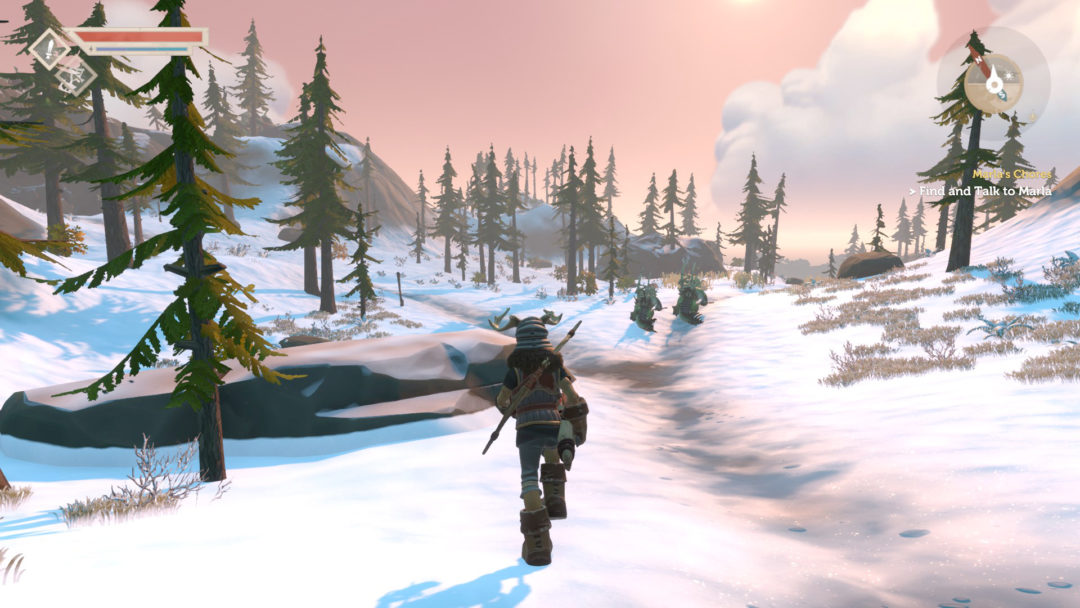
The simulation isn’t completely laissez-faire, but van de Laar said it can withstand a lot of player interference.
“There’s a part of a quest where there’s a village, and you either need their approval on something, or — and we don’t explicitly say this — you can kill the whole village instead, and then the village will be gone, and you can progress that way.”
When the game was available on the show floor at Gamescom in August, some players were naturally curious about how far they would be able to push the simulation.
“A lot of people ask, ‘Can species go extinct?’ Yeah, they can. For a while. But there’s always a capital village for each of them that they’ll try to take over every few minutes if they don’t occupy it, because the progression of the main mission got really bugged and broken if they weren’t at least available in some regard. But you can make them very small.”
Don’t expect to spend Pine burning down villages and wiping out species, though. While the simulation can technically accommodate those outcomes, Hue is small, usually alone, and barely armed. Albamare — named as a hat-tip to Albemarle Street, where On the Origin of Species was first published — is a harsh environment for a lone under-evolved human. Players are going to want to make friends with its inhabitants, not enemies.
Befriending species will come with numerous advantages. Tribes won’t trade with outsiders, so if you want to participate in the game’s currency-free trade economy, you’re going to need to ingratiate yourself with somebody. “This was actually one of the hardest things to pull off,” van de Laar said of the game’s barter system. “We realized it’s really nice and comforting to resort to a currency. … But in the end I think it really paid off [to go without it].”
If you’re on friendly terms with a tribe, its warriors will team up with you to help you fight ornery wildlife and rival factions. And if you really endear yourself to any given species, they’ll be willing to kit you out with their unique weapons and equipment. Don’t stress out about which faction to support, though — van de Laar said that, while each species has its own strengths and weaknesses, they’ve been designed to be roughly equal to one another in strength and skill. So feel free to stick with your favorite, or try to make friends with everybody.
“People seem to like the fox faction though,” he said. “I’m expecting like 90 percent of people to go with them.”
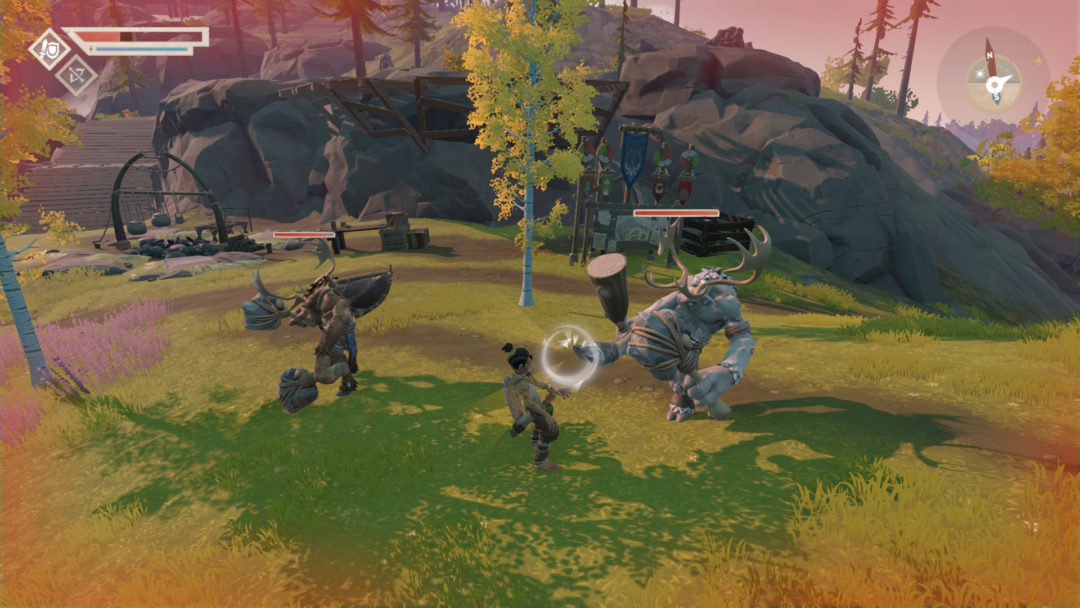
The specter of Breath of the Wild is hanging over Pine, even if van de Laar cited Twilight Princess as a bigger personal inspiration, and the Fable series as a bigger influence on the game. But van de Laar thinks the similarities to Nintendo’s open-world smash hit are actually a good sign for the prospects of the seven-person Twirlbound.
“At one point we had a glider. It was in the Kickstarter trailer. We took it out because our level design didn’t support it enough; we didn’t have enough verticality. Then we saw Zelda was going to have an air glider. So stuff like that was really crazy to see, how we were thinking along the same lines. I think for us it was sort of good to see we were on the right path. If a team of 700 is thinking of those things, then we’re thinking about it in the right way.”
Pine is coming to Switch, PC, and MacOS on Oct. 10.

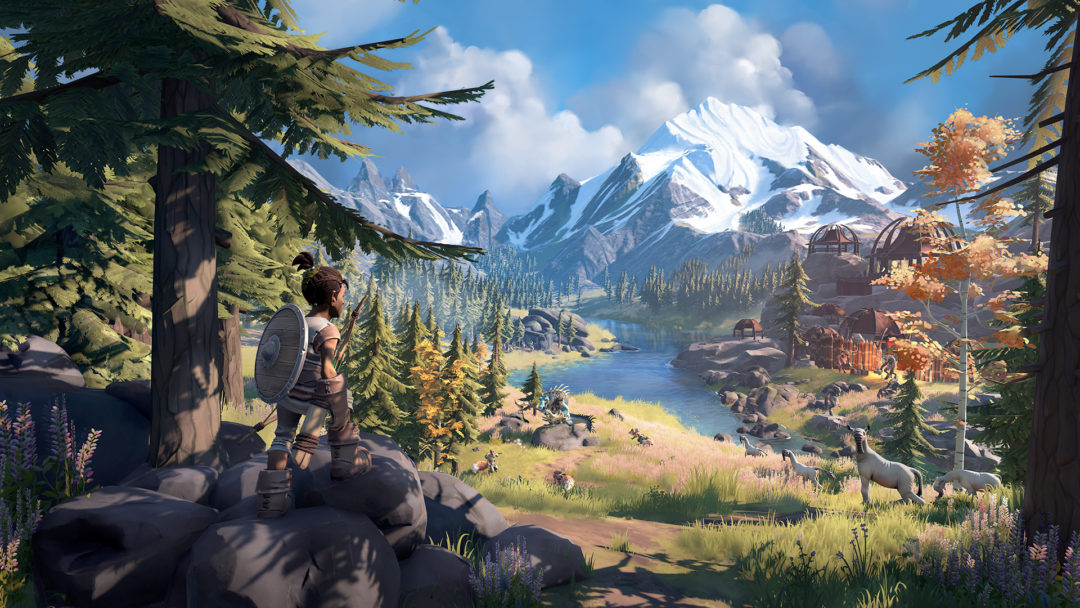
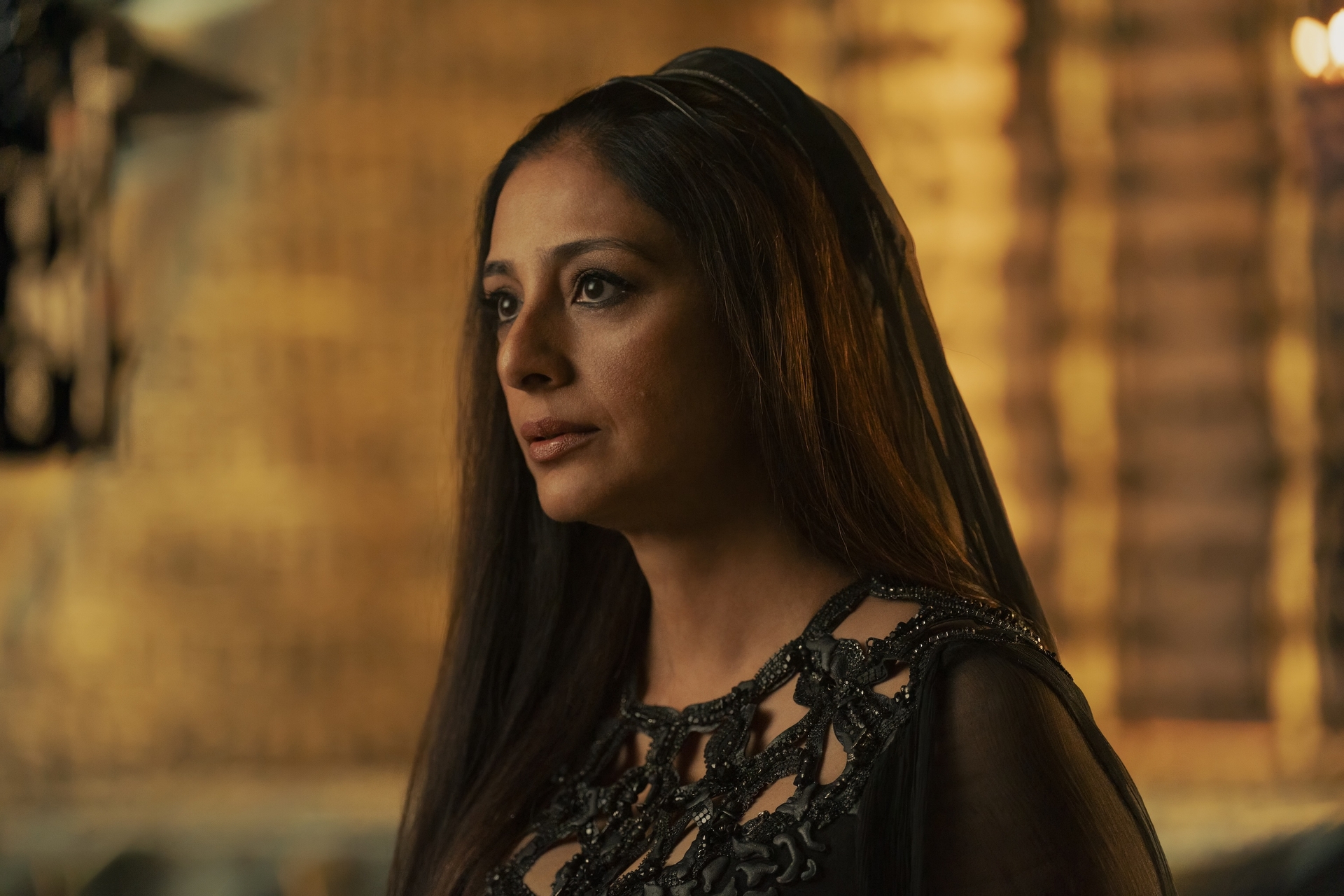
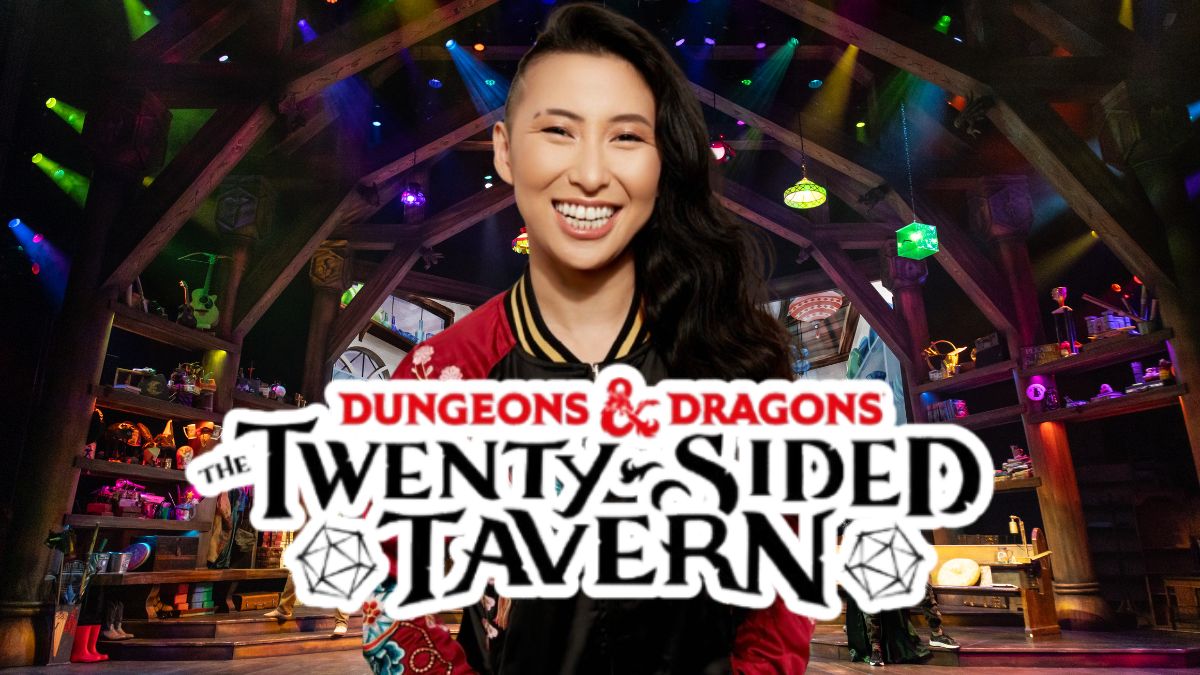
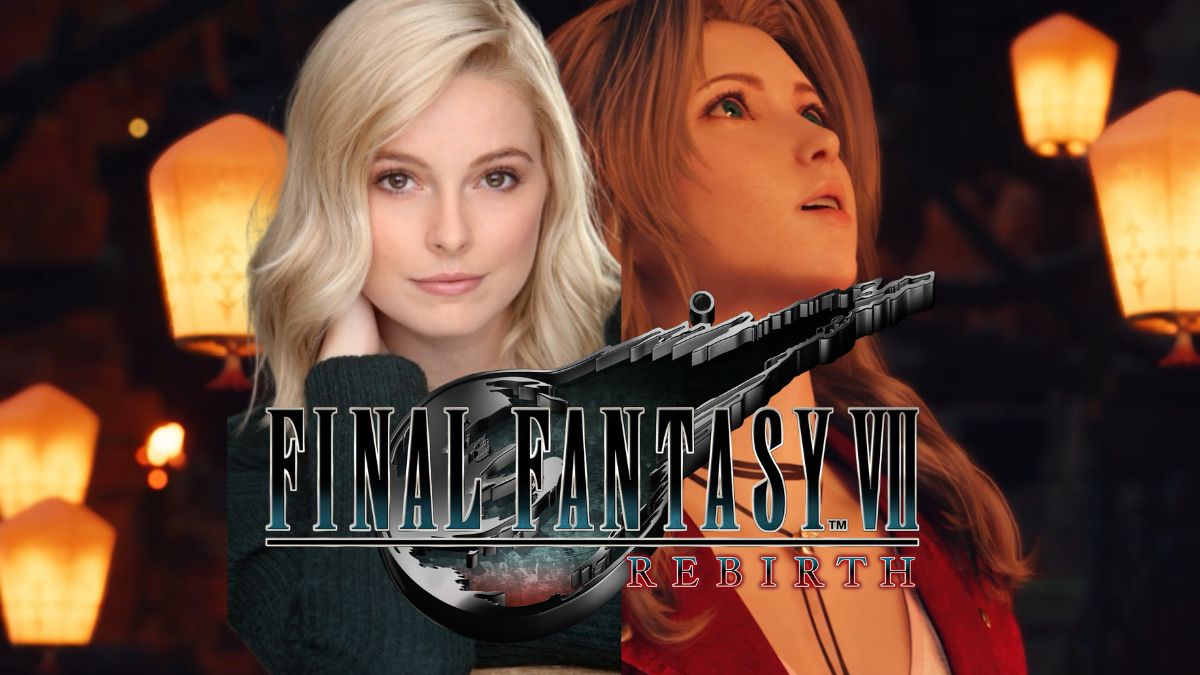
Published: Sep 12, 2019 09:00 am